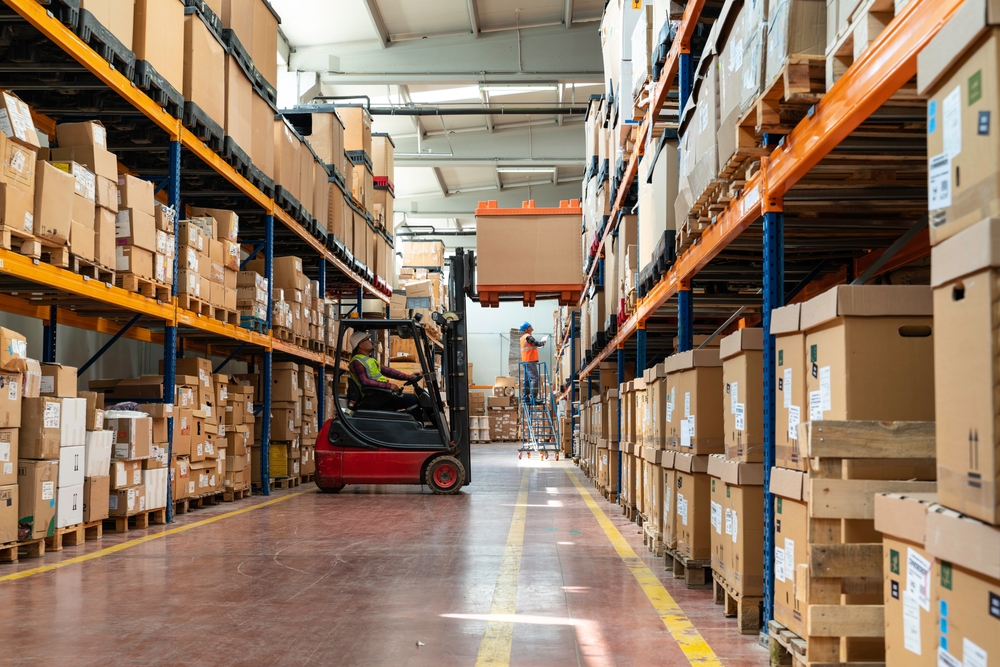



Manufacturing is a vital industrial sector that plays an important role in the global and national economies. It involves converting raw materials into finished products using labor, machinery, and advanced technology.
However, amidst intense competition and rapid technological changes, manufacturing companies face various challenges, such as supply chain management, technology adoption, quality control, and sustainability.
To understand how to manage this sector effectively, the following will explain the definition of manufacturing, types of production, examples of businesses in Indonesia, and operational systems that can inspire business management in the manufacturing sector.
Understanding Manufacturing Business
Manufacturing business is a production process that covers various stages, from raw materials to finished goods, with a focus on efficiency and innovation. In this sector, technologies such as automation, the Internet of Things (IoT), and artificial intelligence are vital in improving productivity and quality.
However, technology implementation is often hampered by high initial costs and the need for skilled labor. In addition, good supply chain management and sustainability practices are also key to ensuring smooth and environmentally responsible operations.
Manufacturing production types play a significant role in determining the right operational strategy and process efficiency. By understanding the different production categories, companies can tailor their approach to meet market needs and increase competitiveness. Here are some of the main categories:
Mass Production. High-volume continuous processes, such as those used in the automotive industry, offer lower unit costs but are less flexible.
Batch Production. Production in specific quantities with greater flexibility than mass production but requires additional set-up time.
Custom Production. Focusing on customer specifications suitable for the machinery or heavy equipment industry sector, although the challenge lies in the high cost and duration of the work.
Continuous Production. It is often used in the chemical or energy sectors but requires a reliable system to reduce risks and potential disruptions.
Lean Production. It aims to reduce waste, streamline operations, and increase efficiency, although its implementation requires a change in organizational culture.
Automotive Industry. With a production of over one million vehicles per year, this industry sector faces major challenges in the form of competition and increasingly stringent regulations and vehicle emission standards.
Food and Beverage Industry. Large companies such as Indofood and Mayora focus on domestic and export markets but also face changing consumer preferences.
Textile Industry. This industry is one of the oldest manufacturing sectors, with exports worth USD 13 billion in 2022, despite facing cost competition from other countries.
Electronics Industry. Driven by multinational companies such as Panasonic, this sector faces a high need for research and development.
Chemical Industry. Contributing 5% of GDP, the sector faces strict environmental regulations and fluctuating raw material prices.
By optimizing the following components, the company can enhance its competitiveness and more effectively adapt to evolving market demands.
Automation and Advanced Technology. Technologies such as the Internet of Things (IoT) and AI can help increase company productivity by up to 30%. However, their realization requires large investments and more qualified workforce training.
Quality Control. Companies are required to meet product standards because quality control helps reduce the defect rate by up to 50%.
Human Resource Management. Human Resources (HR) as a quality workforce should also not be overlooked. Continuous training and adaptation to technology are the keys to increasing employee productivity and retention.
The manufacturing sector is an important pillar of the economy that offers great opportunities as well as complex challenges. This can show the importance of understanding the concept of manufacturing, choosing the right type of production, identifying the strengths of the sector in Indonesia, and building an efficient operational system.